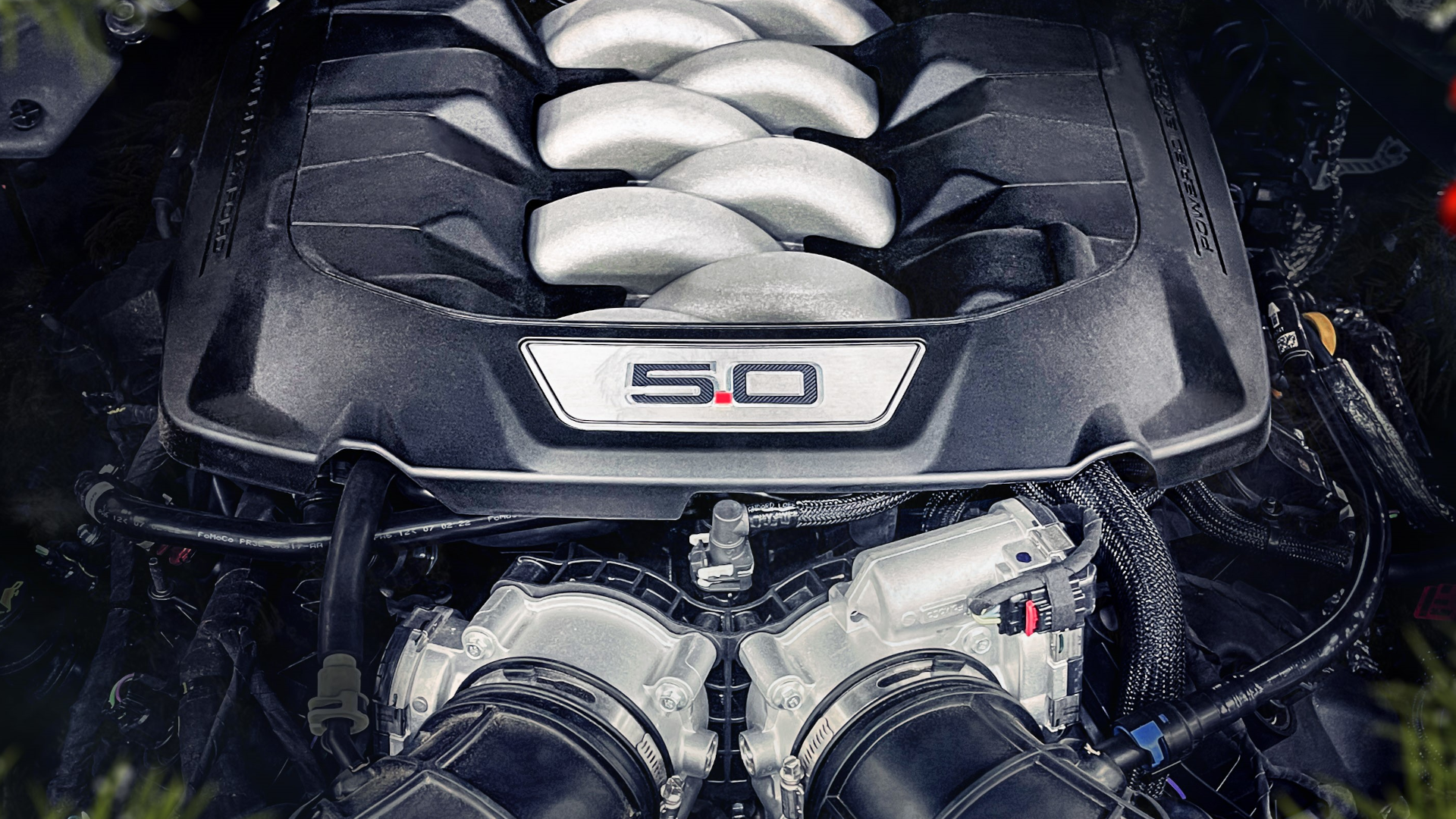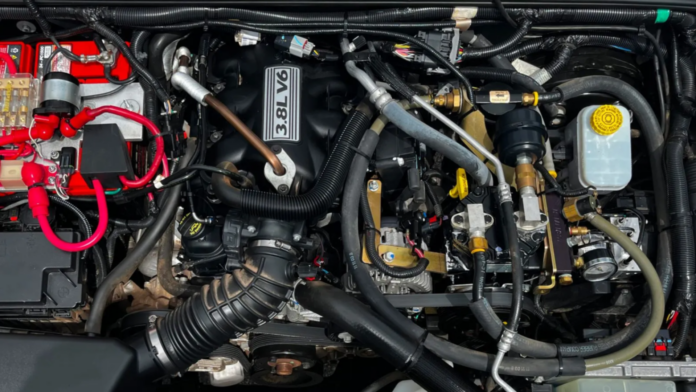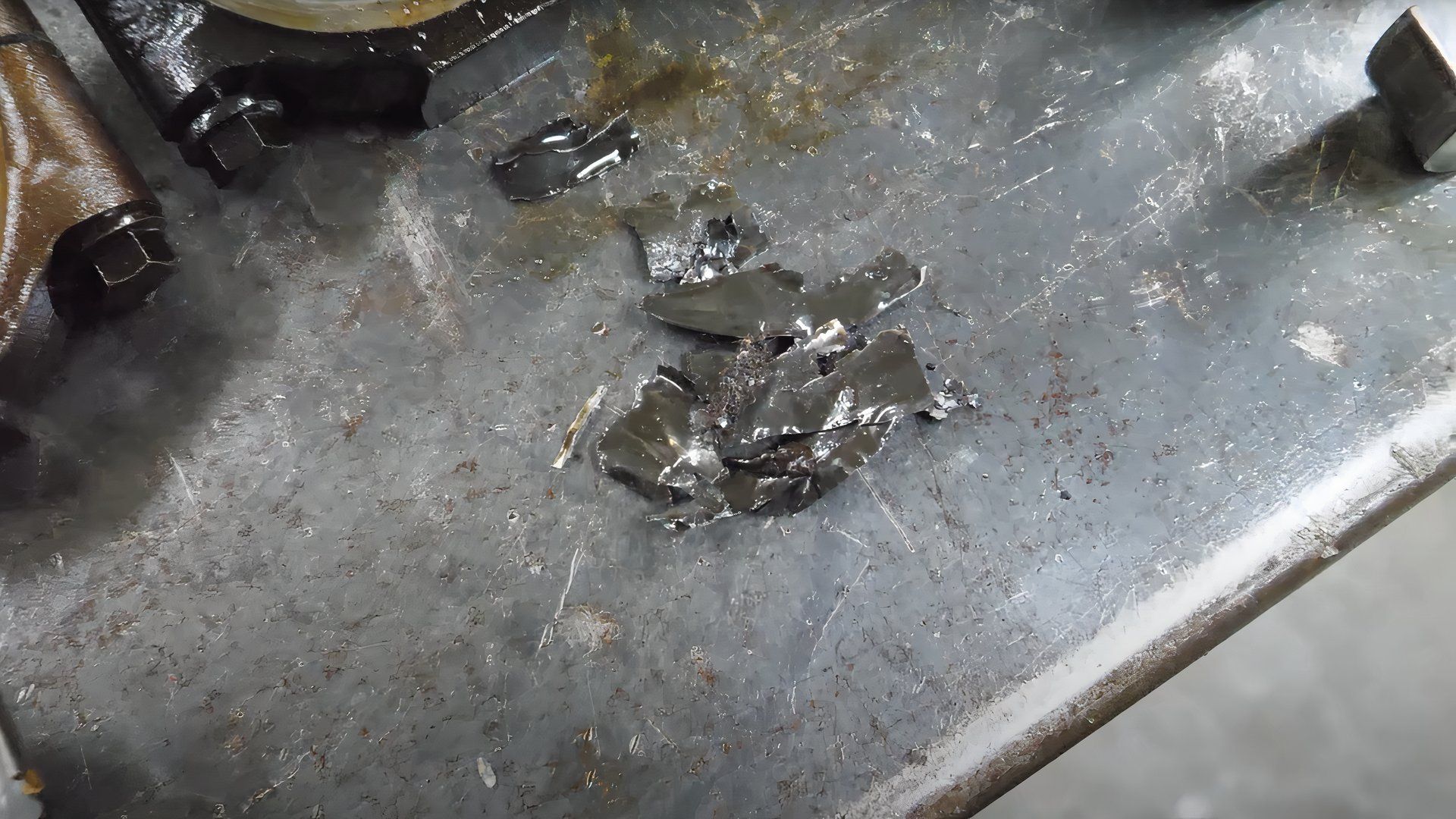Most of us gearheads prefer to work on our own cars. It’s almost second nature, if you think about it. We like cars, so we want to know how they work, too. As you go along and work on your own car more and more, you learn more and more, and your confidence with a wrench grows and grows. Before you know it, you’re replacing a transmission by yourself at 3am wondering “How did I get myself into this mess?”
Jeep
Jeep is an off-road SUV brand with roots dating back to World War II when off-roaders were known as jeeps (from GP or General Purpose vehicles). Willys-Overland Motors took the concept mainstream by launching versions for the public to buy, and the brand has built a reputation of being te purest off-road-focused brand ever since. Iconic models like the Wrangler and Grand Cherokee have been staples in the lineup, and the brand currently lays claim to having the best-selling plug-in hybrid in America, the Wrangler 4xe.
Joking aside, car maintenance is important. The most important part of any car, the engine, usually requires the most maintenance. One of the most crucial maintenance activities is the oil change. Fresh oil is better able to lubricate all an engine’s moving parts, and as that oil degrades over time and usage, those crucial components are prone to accelerated wear and failure. In the following video, we’ll showcase a Jeep engine, specifically the 3.8-liter V6, and how a well-maintained engine can last you a while. However, like all good things, even well-built and maintained motors give up the ghost eventually.

Related
How Hard Is It To Blow Up A Ford F-150’s Coyote V8 Engine?
As a pickup truck, the Ford F-150 needs to be pretty explosion-proof…
All engines are different, and longevity and reliability depend on many variables. Even the poorly designed engine can last well with the proper maintenance, and a great engine can be killed in short order without it. This story is just one example of what can befall an engine.
This Is What Happened To The 300,000-Mile Jeep Engine
In the video below, Eric from the I Do Cars YouTube channel tears down a tired, old Jeep 3.8-liter V6. It served its owner(s) faithfully for nearly 300,000 miles and over the span of nearly 15 years. Forcing any motor to last over a quarter-million miles is a big ask, and this particular 3.8-liter V6 apparently had the guts and glory to go further, with the help of proper maintenance, of course.
At first, this particular 3.8-liter V6 looked relatively good. Its valvetrain looked clean and normal for a 286,000-mile engine. It’s only when Eric begins to open the engine itself that we start to see the issue at hand. As a rule of thumb, you should never have oil with sparkles in it, or metal shavings, because that’s a very bad sign. This 3.8-liter showed definite “sparkleage” once the rocker shafts were removed. Once the cylinder heads were off, we can see definite scoring in some of the cylinders, where debris has damaged the sleeves and piston rings.
Once Eric removed the oil pan, the problem became abundantly clear. One of the piston’s bearing sets was, basically, eviscerated, while another was spun on the crankshaft journal, or the piston’s mounting point on the crankshaft. Shards of it were strewn about the bottom-end of the motor, with loads of debris also living inside the oil pan. It also became clear that the 3.8-liter V6 had been taken apart before, as evidenced by the amount of anti-seize paste (something you apply to keep bolts from rusting or seizing in place) and something called gasket maker, a type of paste applied to mating surfaces to create a proper seal in lieu of a composite, paper, or metal gasket.

Add CarBuzz to your Google News feed.
So, Why Did The 3.8 V6 Go Boom?
In the end, it seems this 3.8-liter V6 was a victim of user error. As Eric concludes in the video above, it’s most likely this particular engine was subject to some sort of oil starvation. Apparently, this is a common issue in Jeeps which are tasked with rock climbing, because as the Jeep reaches a serious angle, the oil in the oil pan can slosh to one side and expose the oil pickup to air. This means no oil is being picked up and distributed throughout the engine. As most of you know, no oil equals big trouble.
There are a few aftermarket companies that make redesigned oil sumps which can mitigate the risk of oil starvation. There are also numerous companies that make redesigned oil pans containing baffles, or dividers inside the oil pan. These baffles prevent oil from sloshing to one side of the pan, meaning when the vehicle is braking, accelerating, or at an angle, engine oil stays around the pickup longer and more evenly than in a stock oil pan. In turn, this makes oil starvation due to movement and extreme off-road driving angles much less of a hazard.
The 3.8-Liter V6 Is A Fairly Reliable Engine
After the discontinuation of the fabled AMC 4.0-liter straight-six that made Jeeps famous for their reliability was discontinued in 2006, the American automaker was in need of another rough-and-tumble, reliable mill. To fill the gap, Jeep sourced a new engine, the 3.8-liter V6, from Chrysler’s minivans, namely the now-defunct Chrysler Town And Country and Dodge Grand Caravan. This sparked some disdain for the 3.8-liter, as it was seen as “just a van engine”. It lacked the power and fuel economy some folks were after.
|
3.8-Liter EGH V6 Specs |
|
|---|---|
|
Horsepower |
202 hp @ 5,000 rpm |
|
Torque |
237 lb-ft @ 4,000 rpm |
|
Bore x Stroke |
3.78 x 3.43 inches |
|
Rev Limit |
5,500 rpm |
|
Weight (Dressed) |
433 lbs |
|
Compression Ratio |
9.6:1 |
*Specs courtesy of Jeep
However, the point of a Jeep, especially a Wrangler, is not to set lap records or achieve Toyota Prius levels of fuel economy. It’s meant to climb rocks, ford streams, and plow through deep snow without batting an eye. Its engine needs to be just as robust as the Wrangler itself is. And for that, the 3.8-liter V6 was a good choice, though its oiling system is sensitive to neglect, quickly blocking oil channels and forming varnish if oil services are deferred. Maintain it religiously and prevent it from overheating, and it can last you a long time.
Sources:
Stellantis Media North America
, QuadraTec.com.


